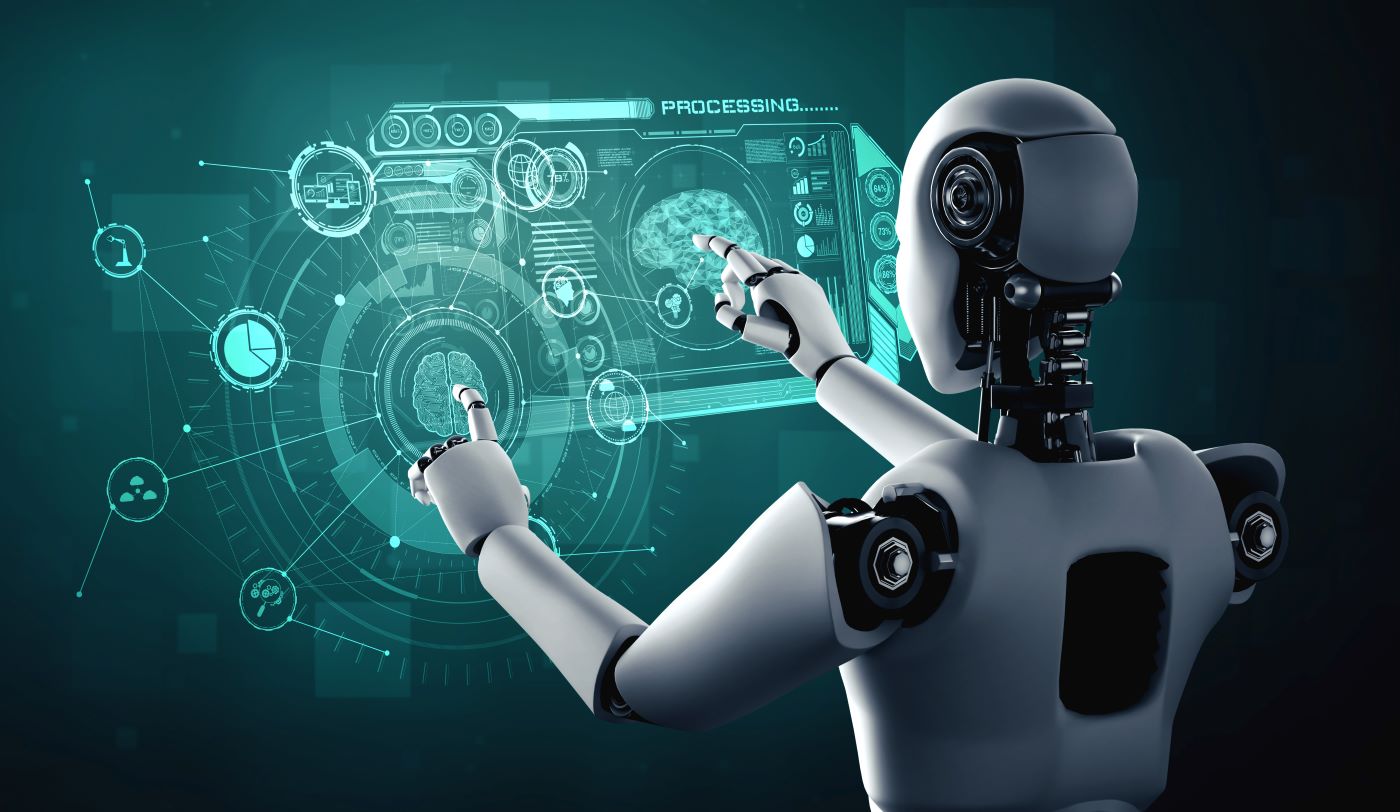As technology continues to evolve and advance, so too does the need for IT support. In this article, we will explore some of the emerging trends and technologies in IT support – from cloud-based solutions to AI-driven service models. We’ll examine how these advances are transforming the way organizations manage their network infrastructure, provide customer service, and protect data security.
Moreover, we’ll discuss how forward-thinking companies can leverage these innovative tools to gain a competitive edge in today’s fast-paced digital landscape. With an understanding of what’s available now and what is yet ahead on the horizon, businesses can be better prepared for any challenges that come their way as they strive towards success in an ever more connected world.
The Changing Landscape of IT Support
The IT support industry is rapidly evolving, with new trends and technologies emerging every day. Companies are increasingly investing in the latest technology to increase efficiency and accountability. This includes cloud-based solutions, automation tools, data analytics and more. With these innovations come both opportunities for increased productivity as well as challenges due to security risks.
As a result, companies need to stay abreast of the changing landscape of IT support so they can remain competitive in their field. In addition to staying up-to-date on technological advancements, companies must ensure their IT staff has the right skill set for current needs and future growth. The roles within an organization’s IT team may be shifting from pure technical roles into those that require a combination of technical expertise along with strong customer service skills or even business acumen.
It’s important for businesses to maintain knowledgeable staff who understand both existing technologies as well as upcoming ones so they can provide effective support when needed. Given this dynamic environment, businesses should consider partnering with experienced third party providers who specialize in delivering high-quality IT services at competitive prices while also providing ongoing training resources such as workshops and webinars that keep employees up-to-date on the ever-changing landscape of IT support.
Ultimately, organizations must have a comprehensive strategy in place that helps them effectively manage all aspects of technology so they can continue to grow without sacrificing stability or security along the way
Utilizing Emerging Technologies for Improved Service Delivery

In todays rapidly changing digital world, IT support teams must stay up-to-date on the latest trends and technologies to ensure reliable service delivery. By utilizing emerging technologies such as cloud computing, AI-driven automation, and virtualization tools, IT departments can increase their efficiency significantly while delivering better customer experiences.
Cloud computing allows for greater scalability of services, allowing companies to respond quickly to changes in demand without having to invest heavily in hardware or software infrastructure. Furthermore, AI-driven automation enables faster resolutions of customer queries by leveraging predictive analytics and machine learning algorithms that allow for more accurate problem diagnosis.
Finally, virtualization tools provide an opportunity for organizations to consolidate multiple systems into a single platform with improved security measures while reducing costs associated with maintenance and upgrades. As technology continues to evolve at a rapid pace so too must the support capabilities of IT departments if they wish remain competitive in the future landscape.
Leveraging Automation and AI to Enhance Customer Experience
The emergence of automation and AI-driven technologies enable IT support teams to expand their service offerings, enhance customer experience, and streamline operations. Automation tools allow technicians to quickly identify the root cause of issues and deploy fixes faster than ever before.
By leveraging automation solutions such as analytics platforms, IT teams can gain deeper insights into areas that may be causing problems for customers and address them quickly. AI technologies also provide powerful predictive capabilities that can anticipate potential customer issues before they arise–a valuable tool for maintaining high levels of satisfaction with end users.
In addition to providing quicker resolution times, these emerging trends in IT support help create a more personalized customer experience by utilizing predictive algorithms to suggest tailored solutions based on past interactions or current circumstances. As this technology becomes increasingly sophisticated over time, the potential impact on customer experience will no doubt be significant–ultimately leading to improved loyalty rates among business customers worldwide.
Investing in Cloud-Based Solutions for Increased Efficiency

Cloud-based solutions have become an increasingly popular tool for businesses seeking to maximize their IT support efficiency. By leveraging the power of cloud data storage and computing, organizations can improve their speed, scalability, and accuracy when responding to customer needs.
Such services enable companies to keep up with the ever-evolving technological landscape and provide more comprehensive service offerings. Additionally, these solutions are often cost-effective, providing organizations access to a wide range of services without the need for expensive hardware or software investments.
As customer demand increases and technology evolves further, investing in cloud-based solutions is becoming an important step for any organization looking to stay ahead of the competition in terms of IT support capabilities.
Streamlining Processes with Automation and Robotics
The adoption of automation and robotics in IT support is an emerging trend that will transform the way businesses operate. Automation and robotics can be used to streamline processes, allowing for more efficient and accurate completion of tasks. Automated systems can be set up to quickly identify problems, diagnose them accurately, and implement solutions faster than human staff would ever be able to do.
This allows for a much more streamlined workflow compared to traditional manual methods of troubleshooting. Additionally, robotic process automation (RPA) tools allow for greater accuracy as they are not prone to human error or fatigue like their human counterparts might be. With these advancements in automation technology, businesses can reduce costs associated with IT support while increasing customer satisfaction by providing better service delivery times.
Allowing robots and automated systems to work alongside humans within the IT support team also creates new opportunities for employees who may have otherwise been replaced by machines due to their lack of technical skillset or efficiency levels.







